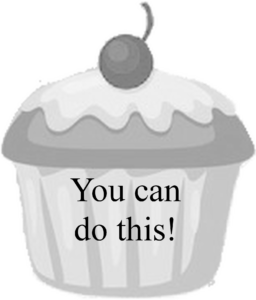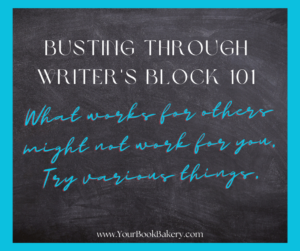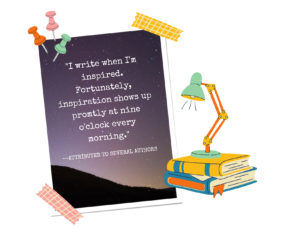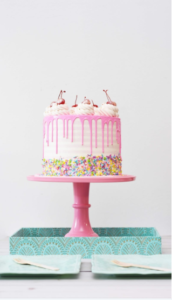Real artists don’t starve. How can someone say that? Why would they? This is a website about baking (books), so of course a book that revolves around creating and metaphorically eating enough should be featured here.
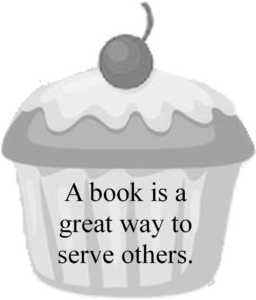
If you serve others well, you deserve to eat, too.
The images of the book are clickable links that go to Amazon, and if you make a purchase, Amazon might share a crumb of its profit with me, at no charge to you.
Real artists behave differently compared to starving artists.
Jeff Goins wrote a book with that title: Real Artists Don’t Starve, and it shows us the differences between starving artists and successful artists. Now, when I say “artists,” it is not just referring to people who produce watercolors or sculptures. It means anyone who creates anything.
You are an artist.
Don’t starve.
Real Artists Don’t Starve
Click the image to order your copy on Amazon.
If you’re ready to create, join us! Here are some ways to do that:
Low-Priced Membership: Work/Writing Sprints in the Kitchen, the $9/mo membership that helps you double your productivity
Book: Your Book Bakery: Making it easy to write a book
Group-Coaching Program: Your Book Bakery: 12 Weeks to a Manuscript


